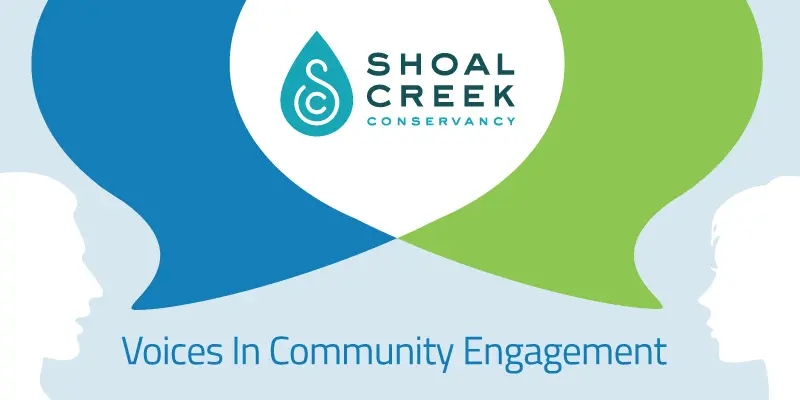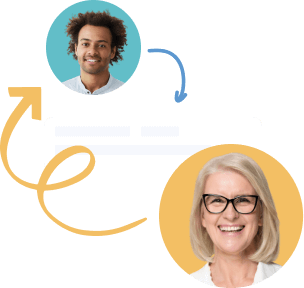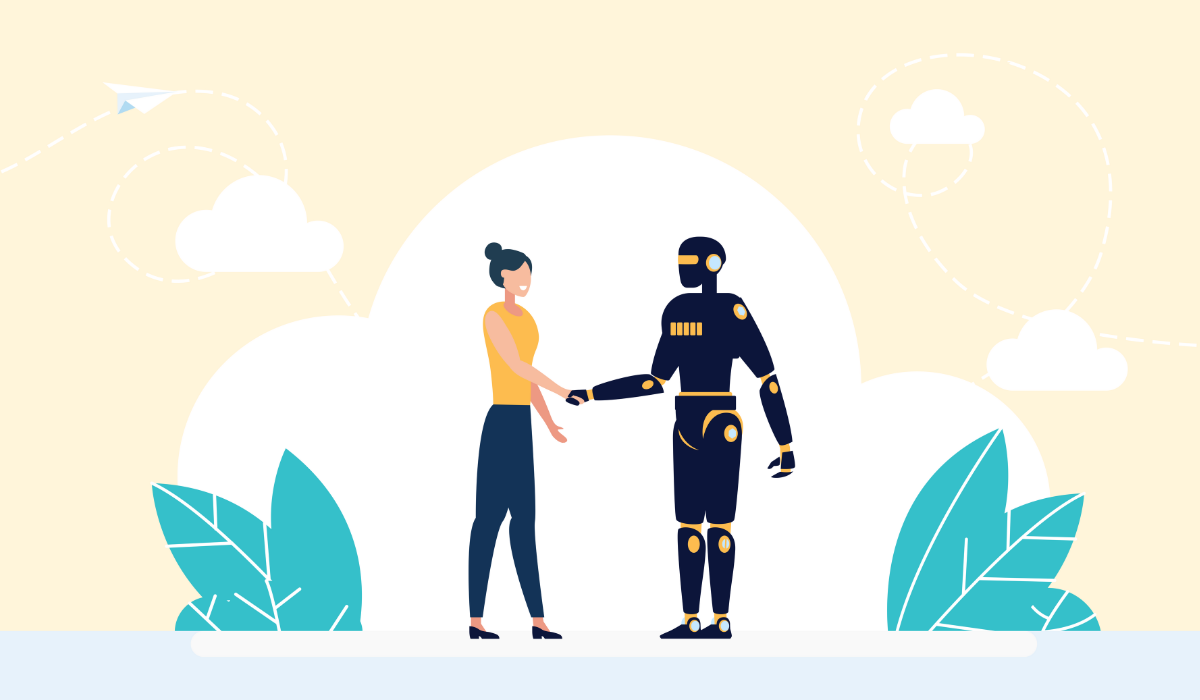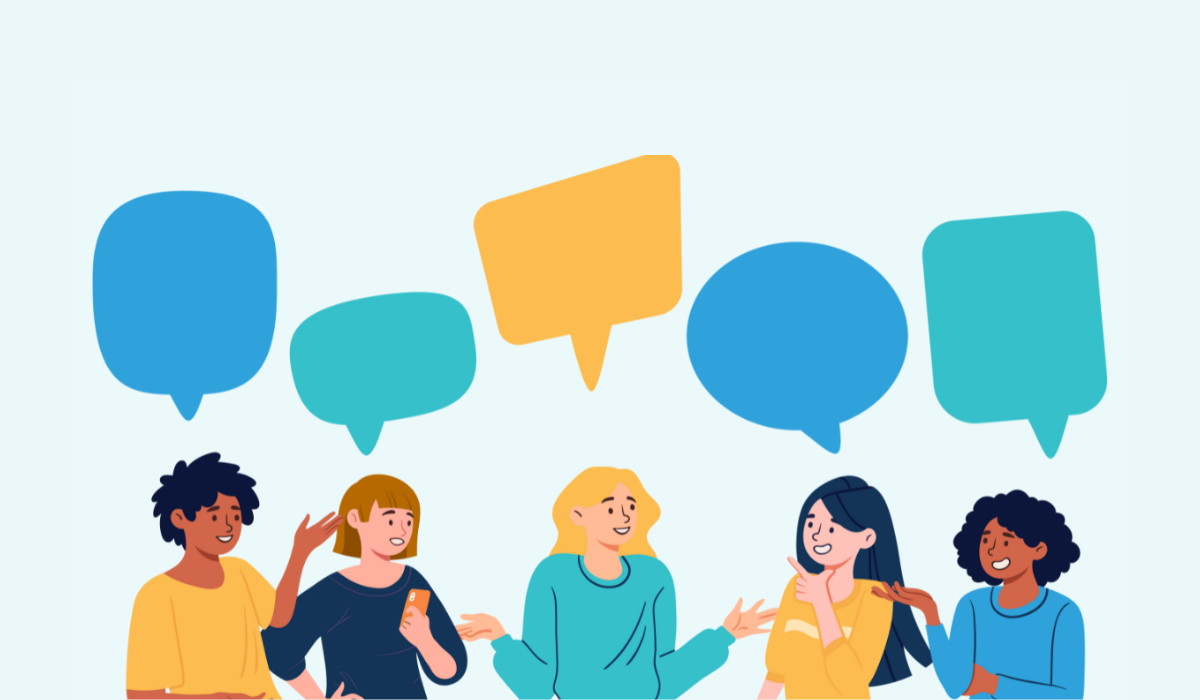This interview is the first in a series of interviews called Voices in Community Engagement, where we speak with project leaders who have had successful engagement and outreach efforts. Our goal is to give our clients an opportunity to share about their project and their public engagement process.
Nina Rinaldi works with the Shoal Creek Conservancy, a non-profit organization in Austin, TX that works in partnership with the City of Austin to bring to life the 11-mile Shoal Corridor which runs North to South through the City. Shoal Creek Conservancy works to improve the public spaces along the creek in the corridor to make it healthier and better connected.
We have the entire interview transcribed below but if you only have a few minutes, take a look at the main takeaways from our conversation with Nina.
Key Takeaways
Remember to identify your stakeholders who aren’t already plugged into local civic issues
“Traditionally, when it comes to engagement in local civic issues it’s very easy for people who are already plugged in to pick up the phone and call their city council members to ask for improvements or to draw attention to the problems that they see in their parks. They’re comfortable navigating the systems the city has in place for addressing issues. But there are also lots of people who want to make a difference and who just need to be plugged in with the right ways to do that.” – Nina Rinaldi
Using partners to raise awareness of the opportunity to engage online is extremely beneficial to reaching those stakeholders that you otherwise would not be able to.
“Once people have to leave the page, a lot of engagement drops off. More deliberate partnerships with organizations that serve city-wide audiences is something we’re really looking at for future phases.” – Nina Rinaldi
Framing your project with a start and end engagement date will help you to keep your project moving.
“I think as an industry, we really need to be conscious of the appropriate amount of public input. There are definitely diminishing returns. Recognizing when you’ve reached the point of hearing all of the ideas and feedback that you’re going to hear is important so that you can move on to the implementation and delivery of the improvements that the community is asking for.” – Nina Rinaldi
Full Interview
Melissa (Social Pinpoint): Welcome to Voices in Community Engagement, a series where we talk to project leaders who have had successful engagement and outreach efforts! We’re starting this series because we love learning more about interesting projects and because we’re hoping to compile a series of best practices that we can share in the community engagement space. I’m so excited to have Nina Rinaldi joining us for our first interview. Thank you so much for your time today!
Nina: Thanks for having me!
Melissa (Social Pinpoint): Will you tell us a bit about yourself and your organization?
Nina: Sure. I work with the Shoal Creek Conservancy, a non-profit organization in Austin, Texas that works in partnership with the City of Austin to bring to life the 11-mile Shoal Corridor, which runs North to South through the city. We work to improve the public spaces along the creek in the corridor to make it healthier and better connected. One of our major projects is a community-supported vision with the involvement of over 100 different stakeholder groups for the future of the Shoal Corridor. What came out of that was a vision for a seamlessly connected pathway of hiking and bike trails all along the corridor that will ultimately connect to a network of urban trails throughout the city. We are using Social Pinpoint for a lot of the community engagement around Cypress and Shoal Creek: specifically, a spot along the trail that was really flagged for us over and over again by stakeholders during the planning process. That’s how we knew we needed to dive into this area in greater detail and really do some more in-depth work on improving that specific area.
Melissa (Social Pinpoint): That’s awesome! Could you share a little bit more about your background and what brought you to this project?
Nina: Of course. The majority of my professional experience has been in the non-profit sector. I’ve been with Conservancy for over four years now. A big part of the community engagement work I do at the conservancy is broadening the definition of who considers themself to be a Shoal Creek stakeholder and who should be involved in planning for the future of the corridor. Over the past couple of years, I’ve really been focused on bringing more people to the table to plan. We want to help the city reach a broader group.
Melissa (Social Pinpoint): Would you mind elaborating a little bit? What do you mean by expanding the definition of who considers themselves to be a stakeholder?
Nina: Yeah, so we consider a Shoal Creek stakeholder to be anybody who lives, works, or plays in the Shoal Creek watershed. You don’t necessarily have to live or work there, but you might visit friends in the watershed, use it every so often, go to restaurants, etc. Traditionally, when it comes to engagement in local civic issues it’s very easy for people who are already plugged in to pick up the phone and call their city council members to ask for improvements or to draw attention to the problems that they see in their parks. They’re comfortable navigating the systems the city has in place for addressing issues. But there are also lots of people who want to make a difference and who just need to be plugged in with the right ways to do that. We can broaden outreach beyond, say, just the traditional groups like neighborhood associations to really expand the base of people who see themselves as having ownership over Shoal Creek in the future and personally investing in improving it.
Melissa (Social Pinpoint): I love that. I think you’re so right. I typically think, okay, who lives in the zip code, let’s go to get that feedback, but a lot of folks work and play far from home… I’m curious, did you have a lot of in-person stakeholder groups, or was it always online? What did that transition look like?
Nina: We had lots of in-person stakeholder groups before Covid-19. We had these big public meetings during the Shoal Creek Trail Plan process where we would work really hard to get lots of diverse participation by promoting them and really thoroughly planning them (food, childcare, etc). We were successful with that traditional approach. But with Cypress and Shoal Creek, we saw an opportunity to do it a little differently. We wanted there to be some kind of online element available- very easy to access, but we really wanted the bread and butter of it to be an on-site pop-up activity, piggybacking on other public activities and events that were already taking place in the area. For example, the public library was there and we thought we should be present with a table. We also thought doing pop-up events along the trail in the area would help us to capture people who were using the space, but who maybe don’t have the time or the energy or the bandwidth to go to a special meeting about it. When you’re asking somebody about how they feel about a space when they’re physically there, it’s a lot easier to envision than if you’re in a public meeting and you’re not looking at it. Then obviously, COVID really threw a wrench into that plan. We really had to double down on the online engagement, and so we did some research and that’s how we came across Social Pinpoint
Melissa (Social Pinpoint): Those pop-up events sound really cool. I really think that is the key, meeting people where they are. How did you go about transitioning online? Was it challenging?
Nina: The challenges were what you would expect. I’m definitely disappointed that we weren’t able to do the in-person events. One thing we did that was really helpful with online engagement was partnerships. We partnered with a local design and architecture blog called Towers, and they wrote an article about our public engagement process. In the article, they said, “Hey, The Shoal Creek Conservancy is doing this thing! Fill out the survey if you want to provide some information to them.” They just embedded the survey in the article, so people could take it easily. Once people have to leave the page, a lot of engagement drops off. We got a lot of engagement through that, which was really neat to see. Because that was so successful, more deliberate partnerships with organizations that serve city-wide audiences is something we’re really looking at for future phases.
Melissa (Social Pinpoint): I love that. That’s not something we see very often. A lot of projects go with traditional marketing methods, which help for sure, but I think working with partners to reach a wider audience is a really cool way to reach different stakeholder groups. Embedding tools on high-traffic sites and articles is a fantastic idea. Was that your only outreach effort?
Nina: Yeah, so I would say that the main tactics were promoting it through our own social media, partnering with Towers, sending the links to neighborhood associations, trail stakeholders, and other city partners and asking them to promote it. That’s really about it.
Melissa (Social Pinpoint): There are so many cool ways to reach a wide audience. I’m always learning about interesting ways people are driving stakeholders to projects. I had a client who got a lot of engagement from a radio announcement! But I love this partnership idea. Getting folks to mention the project on a variety of channels will ultimately get a diverse response. In terms of the future of community engagement, I think there needs to be a hybrid model, a mix of online and in-person outreach. So I was wondering if you had any ideas about how you’ll take this information that you’re collecting from your site and use it to leverage in-person engagement.
Nina: I think there’s a lot that is very relevant and useful about online engagement that complements the traditional approaches. Having a central repository of everybody’s responses to these public input questions is very important, and it’s been really useful for us to be able to go on to Social Pinpoint and just download reports that summarize the responses. If we were doing a pop-up table, we still want to have people fill out Social Pinpoint surveys so that it would all go to the same place online.
Melissa (Social Pinpoint): That’s a great point. You can use it during an event and then you have that actionable data that you can just download, do your analysis, and make a decision. More broadly, What do you think is important to do at the beginning of a project?
Nina: Yeah, I think it’s really important at the beginning of the process to have a clear idea of what you will be using the community input for, and how it will inform your decision-making process. Think about how you’re going to use that feedback and then design your questions and your process around that. Don’t ask people for their opinions on something that you don’t actually need their opinions on. If they feel like they’re being asked for their opinion on all kinds of stuff that just goes into a black hole and didn’t make a difference, then they’re less likely to engage in those processes in the future.
Melissa (Social Pinpoint): I agree completely. I think that’s spot on. I know you’ve finished with the first phase of this project, so what’s next?
Nina: In the first phase of community input, we really wanted to get a read on how people are using the space now and what kinds of challenges and barriers there are. In the second phase of public input, we’re going to be sharing initial concepts for improvements to the corridor, and then we’ll be asking people for their reactions to those concepts. They’ll be asked to respond to something specific as opposed to just what their experiences are as a whole, so it’ll be really interesting to see what we get from that.
Melissa (Social Pinpoint): That’s exciting! I’m looking forward to checking out your page for phase two. Did you have any other advice or thoughts for us?
Nina: I think as an industry, we really need to be conscious of the appropriate amount of public input. There are definitely diminishing returns. Recognizing when you’ve reached the point of hearing all of the ideas and feedback that you’re going to hear is important so that you can move on to the implementation and delivery of the improvements that the community is asking for. I think it can be very easy to get into this cycle where we think that more input is always better, and any conflicts that come up can be solved by just doing more community outreach. There has to be a balance between listening to feedback and then devoting enough resources to accomplishing the project. I think that’s a bigger philosophical question sort of beyond the nuts and bolts of how you get the input, but I think it’s really important to consider in that context.
Melissa (Social Pinpoint): That’s solid advice. Setting the expectation early for what kind of outreach and feedback you’re looking for will definitely help to shape the questions that you ask as well as the timeline. Thank you for that and for sharing your experience and insights. This was really fascinating!
Nina: Thank you for setting this up! It was great talking with you.












